| View previous topic :: View next topic |
| Author |
Message |
tomasg

Joined: 01 Nov 2009
Posts: 1135
Expire: 2014-04-28
|
 Posted: Sun Oct 23, 2011 5:04 pm Post subject: Roofs of Motovun Posted: Sun Oct 23, 2011 5:04 pm Post subject: Roofs of Motovun |
 |
|
tomasg wrote:
I thought they deserve their own thread, Nikkor 105/2.5 ais
#1

#2

#3

#4

#5
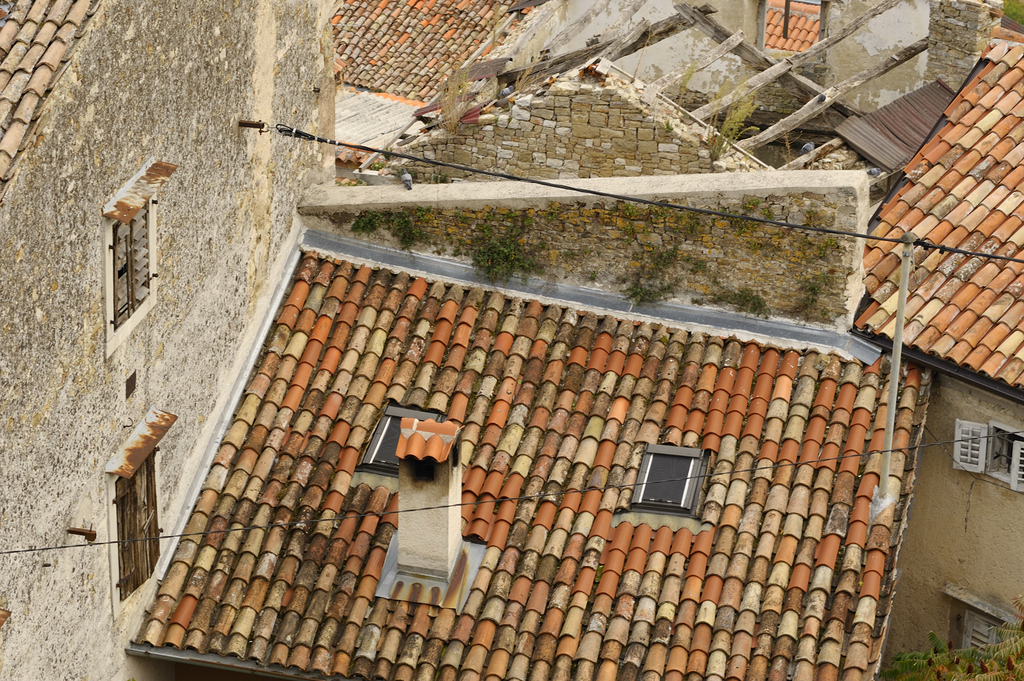
#6
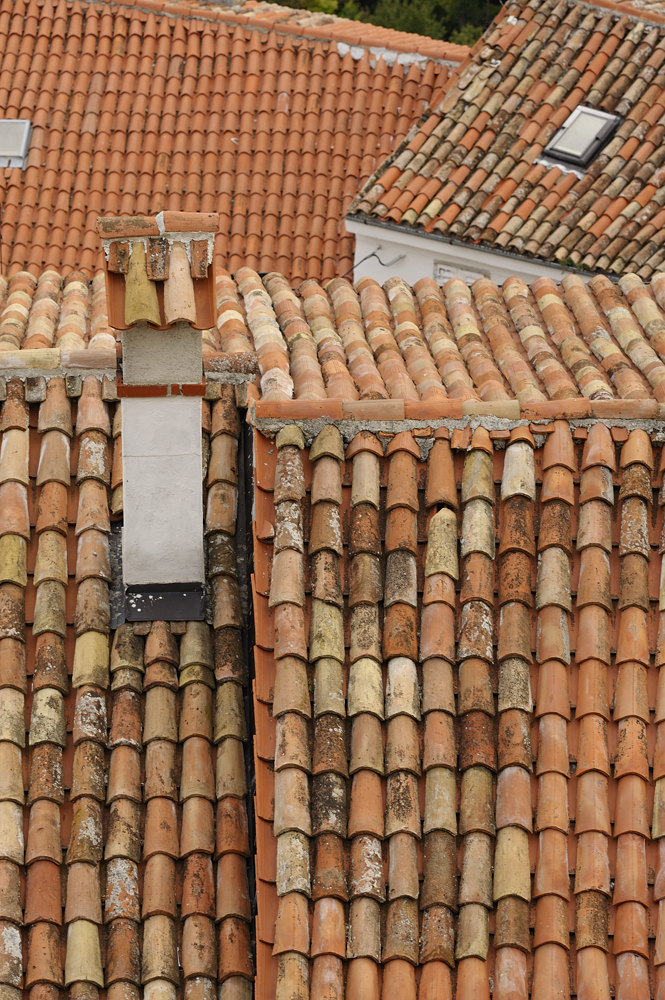
#7
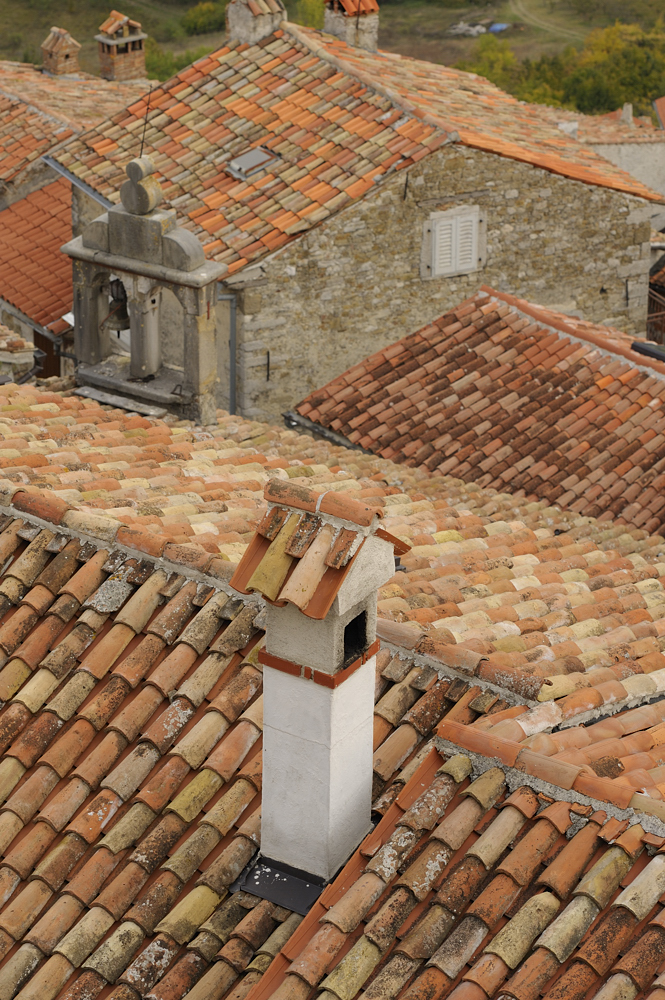
#8

#9
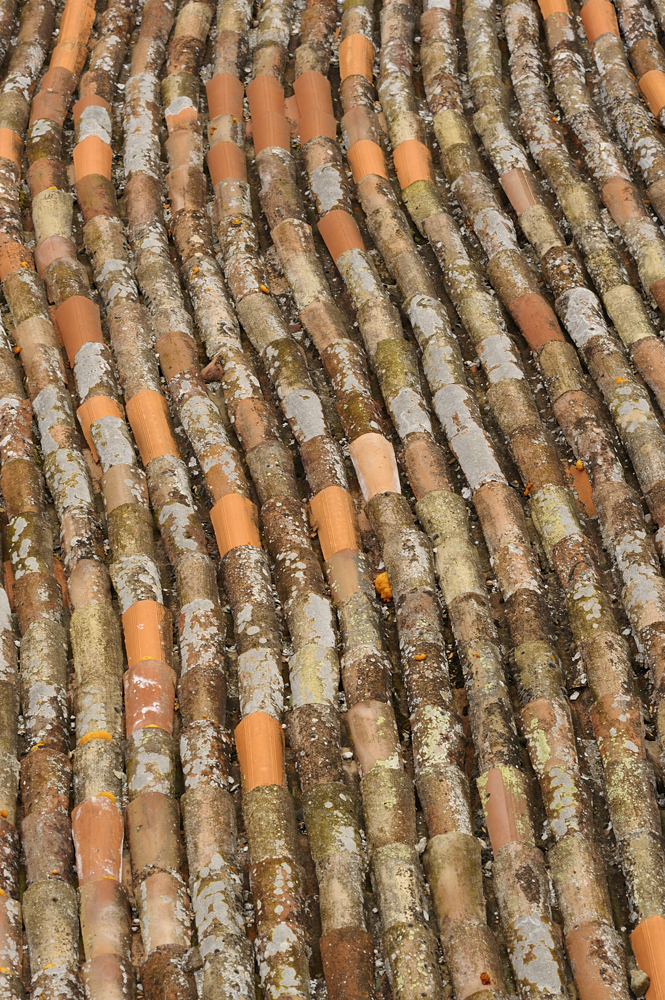
#10
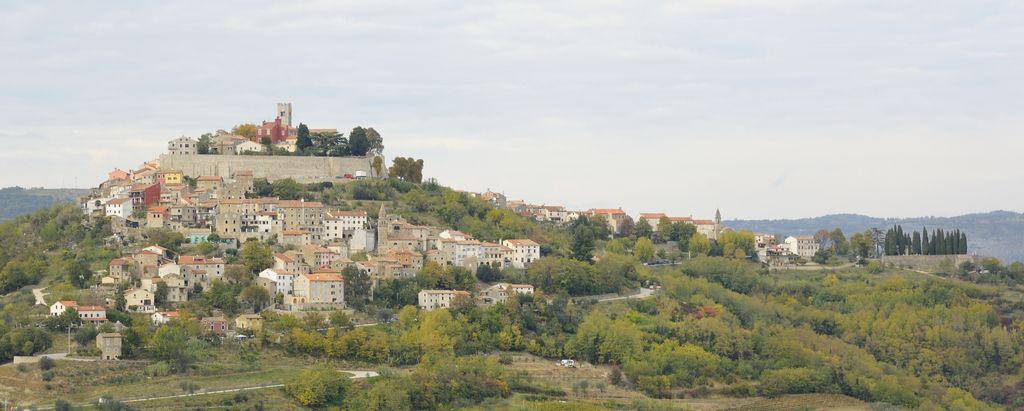
Tomas |
|
| Back to top |
|
 |
kds315*


Joined: 12 Mar 2008
Posts: 16661
Location: Weinheim, Germany
Expire: 2021-03-09
|
 Posted: Sun Oct 23, 2011 8:23 pm Post subject: Posted: Sun Oct 23, 2011 8:23 pm Post subject: |
 |
|
kds315* wrote:
I like the pano a lot, but personally I would have underexposed it 1/3-1/2 EV to bring out the color and contrast. It looks a bit washed out on my monitor.
Like this I'd say...

[I'll delete it immediately, just tell me to...]
_________________
Klaus - Admin
"S'il vient a point, me souviendra" [Thomas Bohier (1460-1523)]
http://www.macrolenses.de for macro and special lens info
http://www.pbase.com/kds315/uv_photos for UV Images and lens/filter info
https://www.flickr.com/photos/kds315/albums my albums using various lenses
http://photographyoftheinvisibleworld.blogspot.com/ my UV BLOG
http://www.travelmeetsfood.com/blog Food + Travel BLOG
https://galeriafotografia.com Architecture + Drone photography
Currently most FAV lens(es):
X80QF f3.2/80mm
Hypergon f11/26mm
ELCAN UV f5.6/52mm
Zeiss UV-Planar f4/60mm
Zeiss UV-Planar f2/62mm
Lomo Уфар-12 f2.5/41mm
Lomo Зуфар-2 f4.0/350mm
Lomo ZIKAR-1A f1.2/100mm
Nikon UV Nikkor f4.5/105mm
Zeiss UV-Sonnar f4.3/105mm
CERCO UV-VIS-NIR f1.8/45mm
CERCO UV-VIS-NIR f4.1/94mm
CERCO UV-VIS-NIR f2.8/100mm
Steinheil Quarzobjektiv f1.8/50mm
Pentax Quartz Takumar f3.5/85mm
Carl Zeiss Jena UV-Objektiv f4/60mm
NYE OPTICAL Lyman-Alpha II f1.1/90mm
NYE OPTICAL Lyman-Alpha I f2.8/200mm
COASTAL OPTICS f4/60mm UV-VIS-IR Apo
COASTAL OPTICS f4.5/105mm UV-Micro-Apo
Pentax Ultra-Achromatic Takumar f4.5/85mm
Pentax Ultra-Achromatic Takumar f5.6/300mm
Rodenstock UV-Rodagon f5.6/60mm + 105mm + 150mm
|
|
| Back to top |
|
 |
tomasg

Joined: 01 Nov 2009
Posts: 1135
Expire: 2014-04-28
|
 Posted: Mon Oct 24, 2011 6:15 am Post subject: Posted: Mon Oct 24, 2011 6:15 am Post subject: |
 |
|
tomasg wrote:
Hi Klaus
| Quote: |
| I'll delete it immediately, just tell me to... |
At the contrary! your version looks better. Do you have a calibrated monitor? It s years now that i am thinking of buying a tool to calibrate my monitor, but then i always find a lens to buy first  I adjusted my monitor with the help of some on line tools, as much as it s possible, what i see is that the biggest problem is brightness level, i try to do my PP work always at the same time of the day (evenings) but that is not always possible. And then there are my kids who use my computer, they have to tilt the monitor down each time, otherwise they don t see a thing (i have a LCD monitor). I adjusted my monitor with the help of some on line tools, as much as it s possible, what i see is that the biggest problem is brightness level, i try to do my PP work always at the same time of the day (evenings) but that is not always possible. And then there are my kids who use my computer, they have to tilt the monitor down each time, otherwise they don t see a thing (i have a LCD monitor).  |
|
| Back to top |
|
 |
Orio

Joined: 24 Feb 2007
Posts: 29545
Location: West Emilia
Expire: 2012-12-04
|
 Posted: Mon Oct 24, 2011 10:09 am Post subject: Posted: Mon Oct 24, 2011 10:09 am Post subject: |
 |
|
Orio wrote:
Tomas,
you don't need to make a full monitor calibration to improve the gamma.
Use this or other similar table, and adjust contrast and brightness until you can discriminate between all the different squares
while keeping the extreme left as white as possible and the extreme right as black as possible:

_________________
Orio, Administrator
T*
NE CEDE MALIS AUDENTIOR ITO
Ferrania film is reborn! http://www.filmferrania.it/
Support the Ornano film chemicals company and help them survive!
http://forum.mflenses.com/ornano-chemical-products-t55525.html |
|
| Back to top |
|
 |
kds315*


Joined: 12 Mar 2008
Posts: 16661
Location: Weinheim, Germany
Expire: 2021-03-09
|
 Posted: Mon Oct 24, 2011 10:17 am Post subject: Posted: Mon Oct 24, 2011 10:17 am Post subject: |
 |
|
kds315* wrote:
I have calibrated mine as good as possible, but I guess the tool Orio
posted will certainly help a lot for the first steps!
_________________
Klaus - Admin
"S'il vient a point, me souviendra" [Thomas Bohier (1460-1523)]
http://www.macrolenses.de for macro and special lens info
http://www.pbase.com/kds315/uv_photos for UV Images and lens/filter info
https://www.flickr.com/photos/kds315/albums my albums using various lenses
http://photographyoftheinvisibleworld.blogspot.com/ my UV BLOG
http://www.travelmeetsfood.com/blog Food + Travel BLOG
https://galeriafotografia.com Architecture + Drone photography
Currently most FAV lens(es):
X80QF f3.2/80mm
Hypergon f11/26mm
ELCAN UV f5.6/52mm
Zeiss UV-Planar f4/60mm
Zeiss UV-Planar f2/62mm
Lomo Уфар-12 f2.5/41mm
Lomo Зуфар-2 f4.0/350mm
Lomo ZIKAR-1A f1.2/100mm
Nikon UV Nikkor f4.5/105mm
Zeiss UV-Sonnar f4.3/105mm
CERCO UV-VIS-NIR f1.8/45mm
CERCO UV-VIS-NIR f4.1/94mm
CERCO UV-VIS-NIR f2.8/100mm
Steinheil Quarzobjektiv f1.8/50mm
Pentax Quartz Takumar f3.5/85mm
Carl Zeiss Jena UV-Objektiv f4/60mm
NYE OPTICAL Lyman-Alpha II f1.1/90mm
NYE OPTICAL Lyman-Alpha I f2.8/200mm
COASTAL OPTICS f4/60mm UV-VIS-IR Apo
COASTAL OPTICS f4.5/105mm UV-Micro-Apo
Pentax Ultra-Achromatic Takumar f4.5/85mm
Pentax Ultra-Achromatic Takumar f5.6/300mm
Rodenstock UV-Rodagon f5.6/60mm + 105mm + 150mm
|
|
| Back to top |
|
 |
Orio

Joined: 24 Feb 2007
Posts: 29545
Location: West Emilia
Expire: 2012-12-04
|
 Posted: Mon Oct 24, 2011 10:23 am Post subject: Posted: Mon Oct 24, 2011 10:23 am Post subject: |
 |
|
Orio wrote:
If Tomas, like me, is using a consumer monitor (I am on a simple Philips monitor, just a little bit above the everyday office monitor level),
doing a full colour calibration is a big and quite useless expense, because the limitations inherent to the hardware kind of make useless any subtle calibration work.
Full calibration makes sense (and it's actually required on a regular basis) when one works with a professional monitor such as an Eizo monitor for instance.
_________________
Orio, Administrator
T*
NE CEDE MALIS AUDENTIOR ITO
Ferrania film is reborn! http://www.filmferrania.it/
Support the Ornano film chemicals company and help them survive!
http://forum.mflenses.com/ornano-chemical-products-t55525.html |
|
| Back to top |
|
 |
kds315*


Joined: 12 Mar 2008
Posts: 16661
Location: Weinheim, Germany
Expire: 2021-03-09
|
 Posted: Mon Oct 24, 2011 10:52 am Post subject: Posted: Mon Oct 24, 2011 10:52 am Post subject: |
 |
|
kds315* wrote:
Mine is a simple old Siemens Laptop with 16:9 screen and easy calibration worked wonders.
_________________
Klaus - Admin
"S'il vient a point, me souviendra" [Thomas Bohier (1460-1523)]
http://www.macrolenses.de for macro and special lens info
http://www.pbase.com/kds315/uv_photos for UV Images and lens/filter info
https://www.flickr.com/photos/kds315/albums my albums using various lenses
http://photographyoftheinvisibleworld.blogspot.com/ my UV BLOG
http://www.travelmeetsfood.com/blog Food + Travel BLOG
https://galeriafotografia.com Architecture + Drone photography
Currently most FAV lens(es):
X80QF f3.2/80mm
Hypergon f11/26mm
ELCAN UV f5.6/52mm
Zeiss UV-Planar f4/60mm
Zeiss UV-Planar f2/62mm
Lomo Уфар-12 f2.5/41mm
Lomo Зуфар-2 f4.0/350mm
Lomo ZIKAR-1A f1.2/100mm
Nikon UV Nikkor f4.5/105mm
Zeiss UV-Sonnar f4.3/105mm
CERCO UV-VIS-NIR f1.8/45mm
CERCO UV-VIS-NIR f4.1/94mm
CERCO UV-VIS-NIR f2.8/100mm
Steinheil Quarzobjektiv f1.8/50mm
Pentax Quartz Takumar f3.5/85mm
Carl Zeiss Jena UV-Objektiv f4/60mm
NYE OPTICAL Lyman-Alpha II f1.1/90mm
NYE OPTICAL Lyman-Alpha I f2.8/200mm
COASTAL OPTICS f4/60mm UV-VIS-IR Apo
COASTAL OPTICS f4.5/105mm UV-Micro-Apo
Pentax Ultra-Achromatic Takumar f4.5/85mm
Pentax Ultra-Achromatic Takumar f5.6/300mm
Rodenstock UV-Rodagon f5.6/60mm + 105mm + 150mm
|
|
| Back to top |
|
 |
tomasg

Joined: 01 Nov 2009
Posts: 1135
Expire: 2014-04-28
|
 Posted: Mon Oct 24, 2011 11:28 am Post subject: Posted: Mon Oct 24, 2011 11:28 am Post subject: |
 |
|
tomasg wrote:
I also have a Philips, basic monitor, i used this to adjust it: http://www.lagom.nl/lcd-test/, you probably know about this: http://www.xrite.com/custom_page.aspx?PageID=77&Lang=en, what you think?
My color score is 3, not too bad for a 40 year old male, with -6 dioptry
Tomas |
|
| Back to top |
|
 |
Orio

Joined: 24 Feb 2007
Posts: 29545
Location: West Emilia
Expire: 2012-12-04
|
 Posted: Mon Oct 24, 2011 12:29 pm Post subject: Posted: Mon Oct 24, 2011 12:29 pm Post subject: |
 |
|
Orio wrote:
That routine is an advanced gamma calibration routine, it does not involve colours.
Basically is the same adjustment you make with the grayscale, but on steroids 
Real monitor calibration involves colour, but as I said, it's kind of useless to calibrate colours on a monitor that is basically designed
just to display everyday office colours in the srgb profile.
In other words, why spend time and money to calibrate the subtleties of all red shades when your monitor will not display them anyway?
For monitors like ours, a simple adjustment of colour temperature such as what most graphic cards like Nvidia allow, is sufficient to get the most out of the hardware.
Professional monitors like Eizo work in RGB or other advanced colour spaces like Prophoto, and they can display a much wider range of shades.
For those monitors, colour calibration is crucial, because they are high precision instruments.
Yes, I know that. I own the X-Rite color checker passport.
Now, that is something that can be really useful for a photographer! Camera profiles are decisive for the quality of colour photos.
The right camera profile can change everything of the look of a photograph, because every colour out of a table of 18 is calibrated individually,
something that you can not do with any consumer monitor calibration - and, the calibration is tailored on your camera's characteristics.
Which means that every different camera that you may use will be optimized individually.
That tool (CCP) is something that I can heartily recommend to all committed digital photographers. I am using it's more than one year now
and I really don't know how I could do without it before. My M9 images have improved of 100% since I use my own custom colour profiles.
You can see the "Walnut leaves" image in the gallery, the colours are precisely what I could see there and I could only do it with my custom profiles.
_________________
Orio, Administrator
T*
NE CEDE MALIS AUDENTIOR ITO
Ferrania film is reborn! http://www.filmferrania.it/
Support the Ornano film chemicals company and help them survive!
http://forum.mflenses.com/ornano-chemical-products-t55525.html |
|
| Back to top |
|
 |
|
|
|
You cannot post new topics in this forum
You cannot reply to topics in this forum
You cannot edit your posts in this forum
You cannot delete your posts in this forum
You cannot vote in polls in this forum
|
